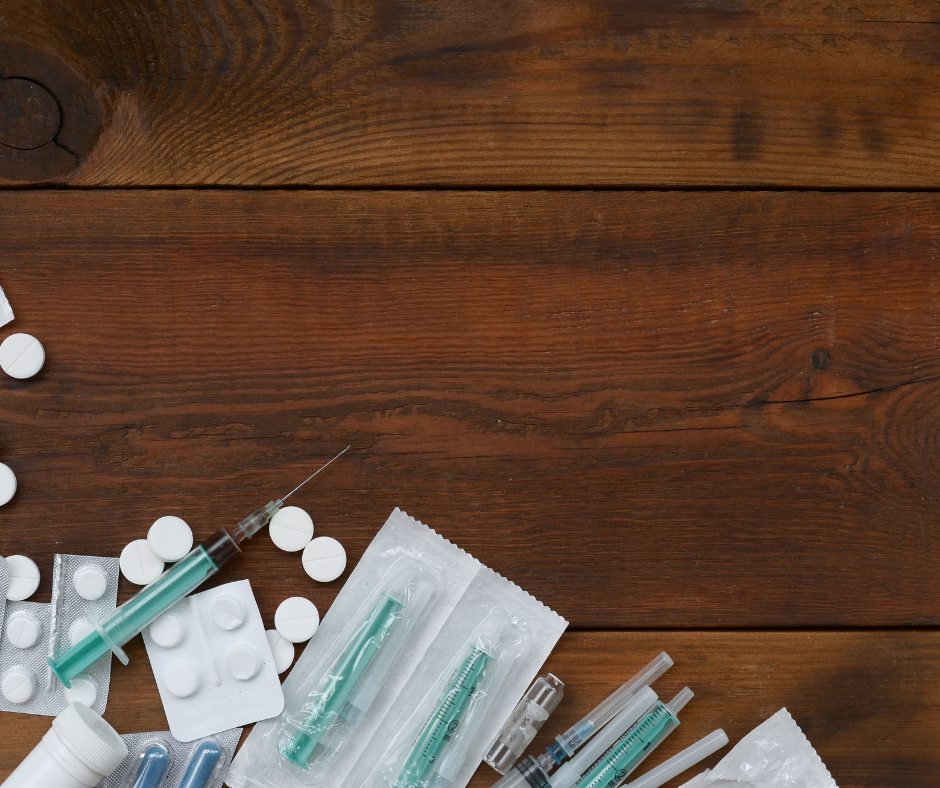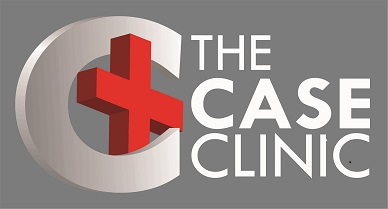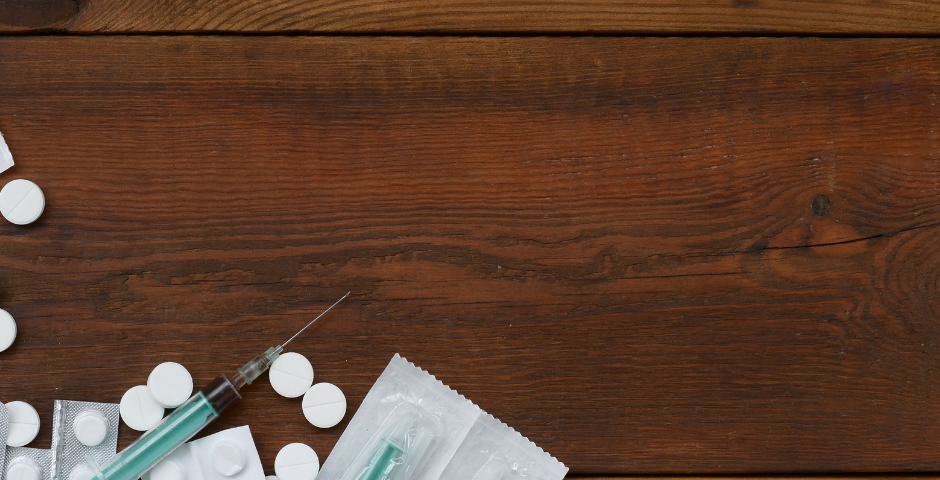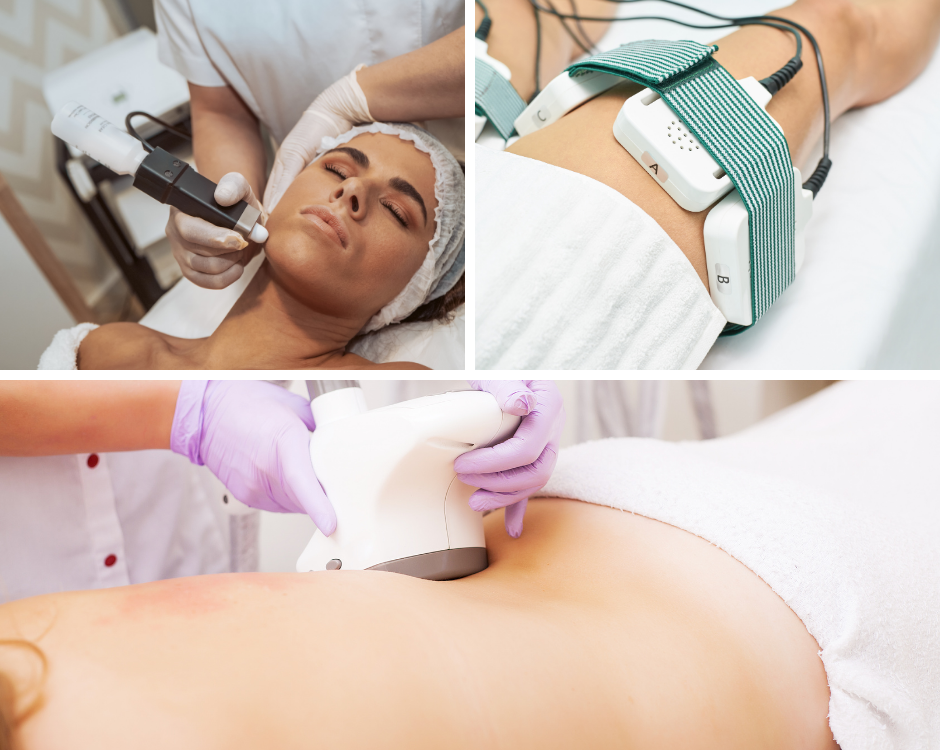5 Reasons Your Metabolism is Low
September 25, 2020
5 Proven Weight Loss Methods
October 22, 2020Currently, opioid addiction affects more than 2 million Americans. Yet, only about 400,000 people now receive the proper treatment. These four medications are proven to help people fight the addiction on their road to recovery.
Medications That Fight Opioid Addiction: Methadone | Naltrexone | Buprenorphine | Naloxone
What Causes Opioid Addiction
Opioids work in the body very similar to opiates. They bond with some receptors within the human body and change the way the receptors work(1). These are usually pain receptors. They determine the pain areas and send a signal to the brain.
When we take a painkiller or any drug, they do not treat the pain. They stop the receptors from signaling the brain about the problem. The most commonly used opioids for pain treatment are Fentanyl and Hydrocodone. Most of the abusers take these medications on a prescription, but this can quickly turn into an addiction.

Opioids are either semi-synthetic or completely synthetic. These can be very addictive and dangerous if used for a long duration. The Case Clinic helps with opioid addiction; we have experts who have worked with patients and over the years.
Our experts have come up with treatments that work on mild as well as severely addicted patients.
There a few medications used to treat opioid-addicted patients. Addiction recovery is never easy, but with the right medication, it is possible to recover.
In this article, we will focus on four medications that are known for fighting opioid addiction.
Methadone
Methadone is very effective in treating opioid addiction. It is also a synthetic drug derived from the poppy plant. It is prescribed as a replacement drug when treating a substance abuse patient(2). It falls in the same category as morphine and heroin, which, in turn, makes it an addictive drug.
That is why Methadone assisted treatment requires the patient to get a prescription daily to obtain this drug.
In many cases, the patient needs to go to a methadone clinic each day to get their prescription. Methadone is consumed orally during the treatment. Gradually, this tones down the cravings and the withdrawal symptoms that are associated with opioid addiction. To get a prescription, a methadone clinic or your doctor must prescribe it as part of the treatment.
Naltrexone
Naltrexone is a part of the complete withdrawal treatment for opiates or opioid abuse. It helps highly addicted people experience extreme withdrawal symptoms(3). Doctors prescribe it after going through the patient’s full drug abuse history. A patient has to bedrug-free for more than seven days for a Doctor to prescribe a naltrexone treatment.
The patient does not have to get a prescription every day to get this drug. This drug works on the brain receptors to reduce the effect of the opioids on the brain. Taking them orally for a month as part of a treatment program helps to reduce cravings significantly.
Buprenorphine
Another drug specifically used to treat opioid addiction and abuse is called Buprenorphine (4). It is part of a complete treatment against drug abuse. It will help during the drug withdrawal time as the withdrawal symptoms can be very severe when it comes to opioids.
You can take this drug orally once every day. The tablet is to be placed under the tongue for 5 to 10 minutes or until it is dissolved completely. You can also get this drug on prescription but finding a physician who can prescribe this drug is not very easy.
This can help a person go drug-free at home without enrolling in a facility. The drug must be consumed as per the prescription, or else it will lead to addiction itself.
Naloxone
This medication is for emergencies in the event of an opioid overdose(5). It is an opioid itself used to block the effect or reverse the influence of other opioids. Medical professionals only administer naloxone in the event of an overdose of opioids, a cardiac arrest after a drug overdose, or similar emergencies.
It works by flushing out the opioids from the system and reversing its effects in the system. Many people believe that this is not a treatment in itself, but it does help when it is adverse.
The first step to treatment is to identify the cause of addiction. The treatment only works when the patient is willing to get help and understanding the need for it. The professional staff at The Case Clinic are experts at what they do.
We believe in showing empathy towards the patient and in helping him get over his addiction through treatment. Treatment and recovery can be more accessible when patients have the support of their friends and family.
References:
- A review of opioid dependence treatment: Pharmacological and psychosocial interventions to treat opioid addiction – Science Direct
- Medication-assisted treatment for opioid addiction: Methadone and Buprenorphine – Science Direct
- Oral naltrexone maintenance treatment for opioid dependence – Cochrane Library
- Clinical Guidelines for the Use of Buprenorphine in the Treatment of Opioid Addiction – Pub Med
- Emergency Department–Initiated Buprenorphine/Naloxone Treatment for Opioid Dependence – JAMA Network


